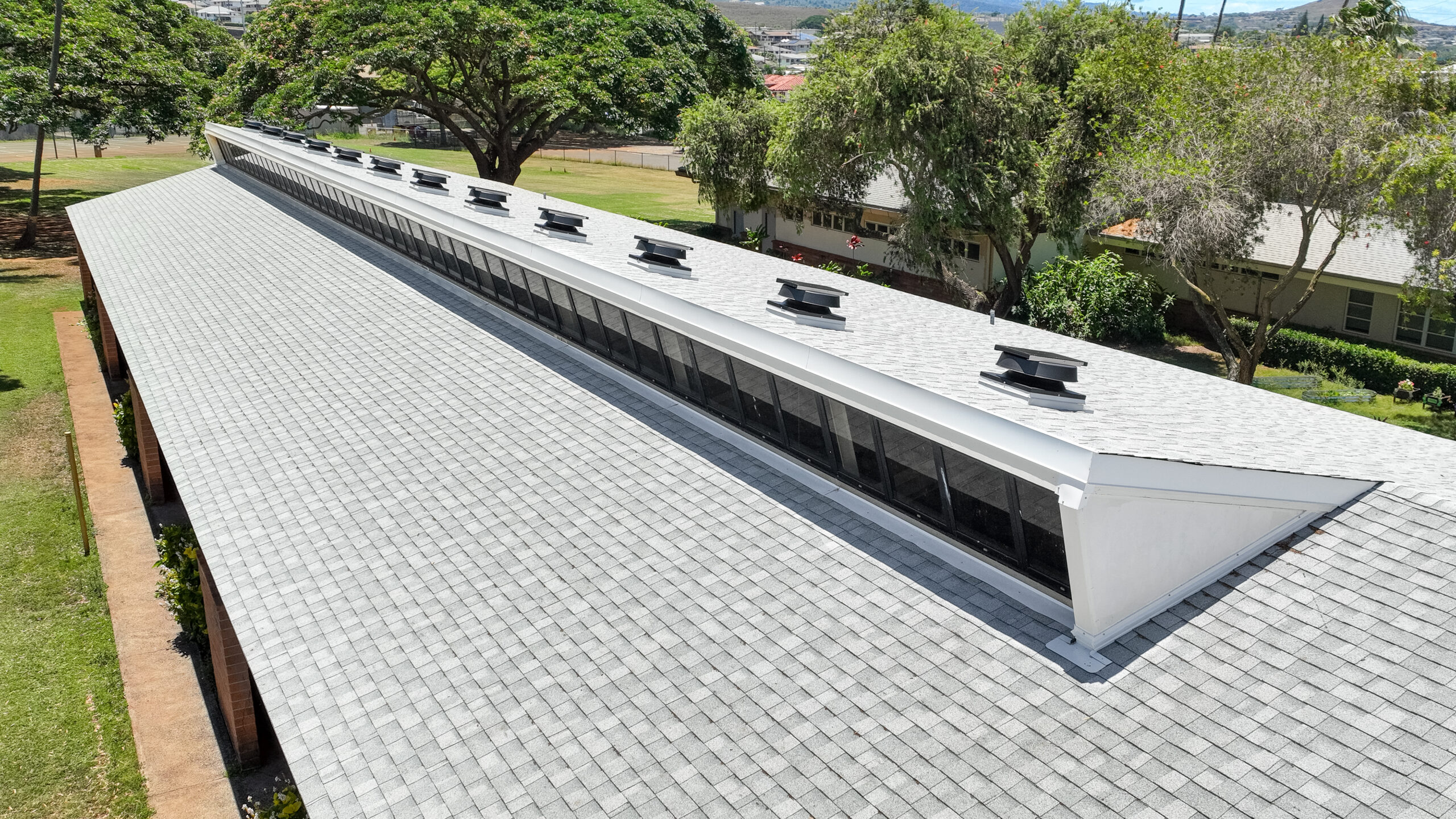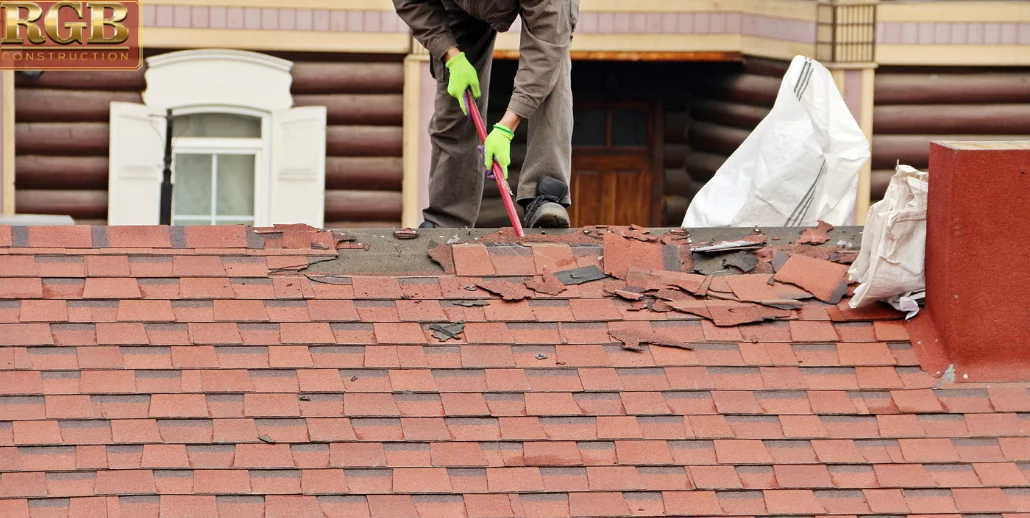Change Your Home with Relied On Honolulu Roofing Solutions from Local Professionals
Change Your Home with Relied On Honolulu Roofing Solutions from Local Professionals
Blog Article
Recognizing the Different Sorts Of Roof Covering and Their Advantages
Each roof covering type-- from the cost of asphalt tiles to the enduring strength of metal and the classic charm of tile-- offers distinctive advantages customized to various requirements and preferences. As we check out these alternatives additionally, a much deeper understanding of each roof kind's one-of-a-kind advantages may reveal unexpected insights that can impact your decision-making process dramatically.
Asphalt Shingles
When taking into consideration roof alternatives, asphalt shingles often become a preferred choice as a result of their balance of cost, longevity, and aesthetic allure (roofers honolulu). These shingles are composed of a fiberglass floor covering coated with asphalt and granules, providing a robust barrier versus weather elements. Their lightweight nature enables easy setup, making them a favored choice for both homeowners and specialists
Asphalt tiles are readily available in 2 primary types: building and three-tab. Three-tab tiles are flatter and use an extra traditional appearance, while building tiles have a thicker make-up and give a dimensional look. Both kinds come in a variety of colors and designs, enabling house owners to tailor their roof covering to enhance their home's style.
One of the essential benefits of asphalt shingles is their cost-effectiveness; they are normally less expensive than other roof products, such as tile or slate. Overall, asphalt tiles represent a aesthetically appealing and functional roofing remedy for many property applications.
Steel Roof Covering
Metal roof has actually gained substantial appeal among property owners and building contractors as a resilient and energy-efficient alternative to traditional materials like asphalt roof shingles. Making up products such as steel, aluminum, and copper, metal roofings are recognized for their longevity, typically enduring 40 to 70 years with marginal upkeep. This excellent life expectancy substantially lowers the regularity of roofing system substitutes, equating to long-term expense savings.
One of the essential benefits of steel roof is its energy performance. Steel mirrors solar convected heat, which can assist lower cooling prices in warmer environments. Furthermore, lots of steel roof products are created with recycled materials, making them an eco-friendly choice.
Steel roofs are additionally highly resistant to serious weather condition conditions, including high winds, heavy rain, and snow. This resilience minimizes the risk of leakages and other damages, giving comfort to home owners. Additionally, metal roof is available in numerous styles, colors, and coatings, enabling customization to match any type of architectural layout.
While the preliminary investment may be more than traditional roofing options, the long-lasting benefits of resilience, power effectiveness, and reduced upkeep make metal roof covering a beneficial consideration for modern homes.
Ceramic Tile Roof Covering
Ceramic tile roof covering provides homeowners an unique aesthetic and outstanding sturdiness, making it a popular choice for various building designs, especially in warmer climates. This roof material is available in a selection of colors, products, and shapes, including clay and concrete, permitting versatile style alternatives that can improve a home's visual allure.
Among the key advantages of floor tile roof covering is its durability. With correct upkeep, tile roofing systems can last upwards of half a century or more, outperforming numerous other roofing materials. Their intrinsic resistance to rot, pests, and fire further adds to their charm. Furthermore, ceramic tile roofs can supply superb thermal insulation, aiding to manage indoor temperatures and potentially lowering power expenses.
One more benefit of tile roofing is its low maintenance needs. While setup can be extra pricey contrasted to other roof covering click resources types, the financial investment is commonly justified by the lasting savings on repairs and substitutes. Additionally, tile roofing is eco-friendly, as lots of tiles are made from natural products and are recyclable at the end of their life cycle.
Wood Roofing Shingles and Shakes
Wood tiles and drinks offer an all-natural appeal and heat that can improve the aesthetic of any type of home, making them a popular choice among property owners who value organic materials. These roof options are commonly made from cedar, redwood, or yearn, giving a rustic beauty that complements numerous architectural designs.

Timber shingles are machine-cut, providing an uniform look and smooth finish. On the other hand, drinks are hand-split, leading to a much more irregular and textured look. This distinction can influence the general layout and character of a home, with drinks frequently providing an extra rugged, natural feel.
Among the key advantages of wood roof is its exceptional insulation properties, which can help control indoor temperatures while lowering energy costs. Additionally, wood roof shingles and drinks can be treated with fire resistants and chemicals to boost their sturdiness and resistance to degeneration, bugs, and wetness.
However, it is important to think about the maintenance requirements associated with timber roof covering. Normal inspections, cleansing, and treatment are required to prolong its life-span. Timber shingles and drinks can provide a spectacular and long-lasting roofing service that boosts any property's visual appeal. when correctly cared for.
Eco-Friendly Roof Options
As ecological awareness grows, property owners are increasingly seeking environment-friendly roofing options that not just reduce their carbon impact but also contribute to lasting living. honolulu roofing. These roof services are made to reduce ecological influence while improving power performance and longevity
One preferred option is metal roof, official statement which is often made from recycled products and flaunts a long lifespan, reducing the requirement for frequent replacements. Steel roof coverings reflect solar warm, thereby lowering power expenses. An additional feasible choice is rubber roofing, commonly made from recycled tires, using excellent insulation and durability.
Environment-friendly roofs, which include vegetation and soil, supply all-natural insulation, aid with stormwater administration, and improve air top quality. They are especially valuable in urban locations, assisting to alleviate the warm island impact. Furthermore, solar floor tiles are obtaining grip; they integrate typical roof covering materials with photovoltaic innovation, permitting homeowners to create their own electricity while preserving aesthetic appeal.

Verdict
Asphalt roof shingles present an economical option with moderate resilience, while steel roofing uses outstanding longevity and energy effectiveness. Floor tile roof stands out for its aesthetic allure and toughness, and wood tiles boost insulation but need attentive maintenance.

Report this page